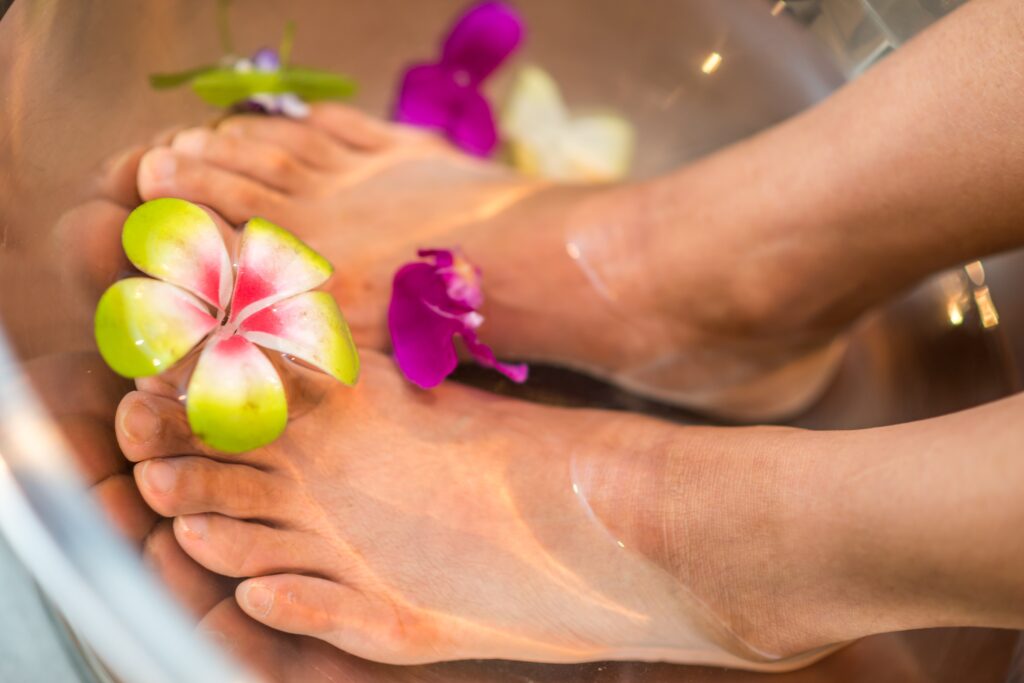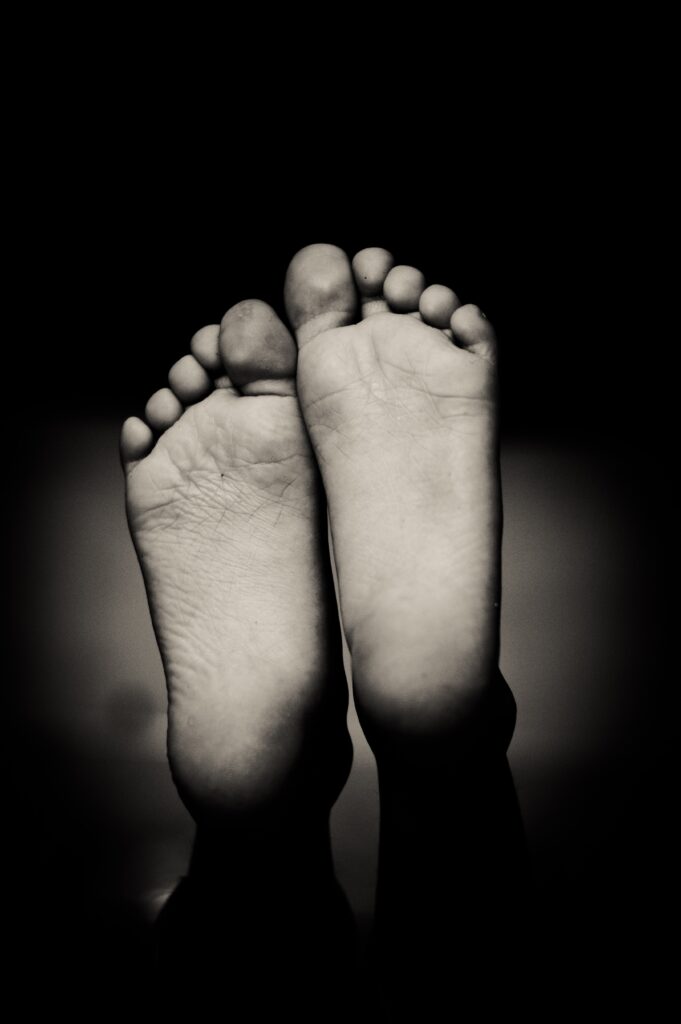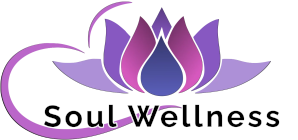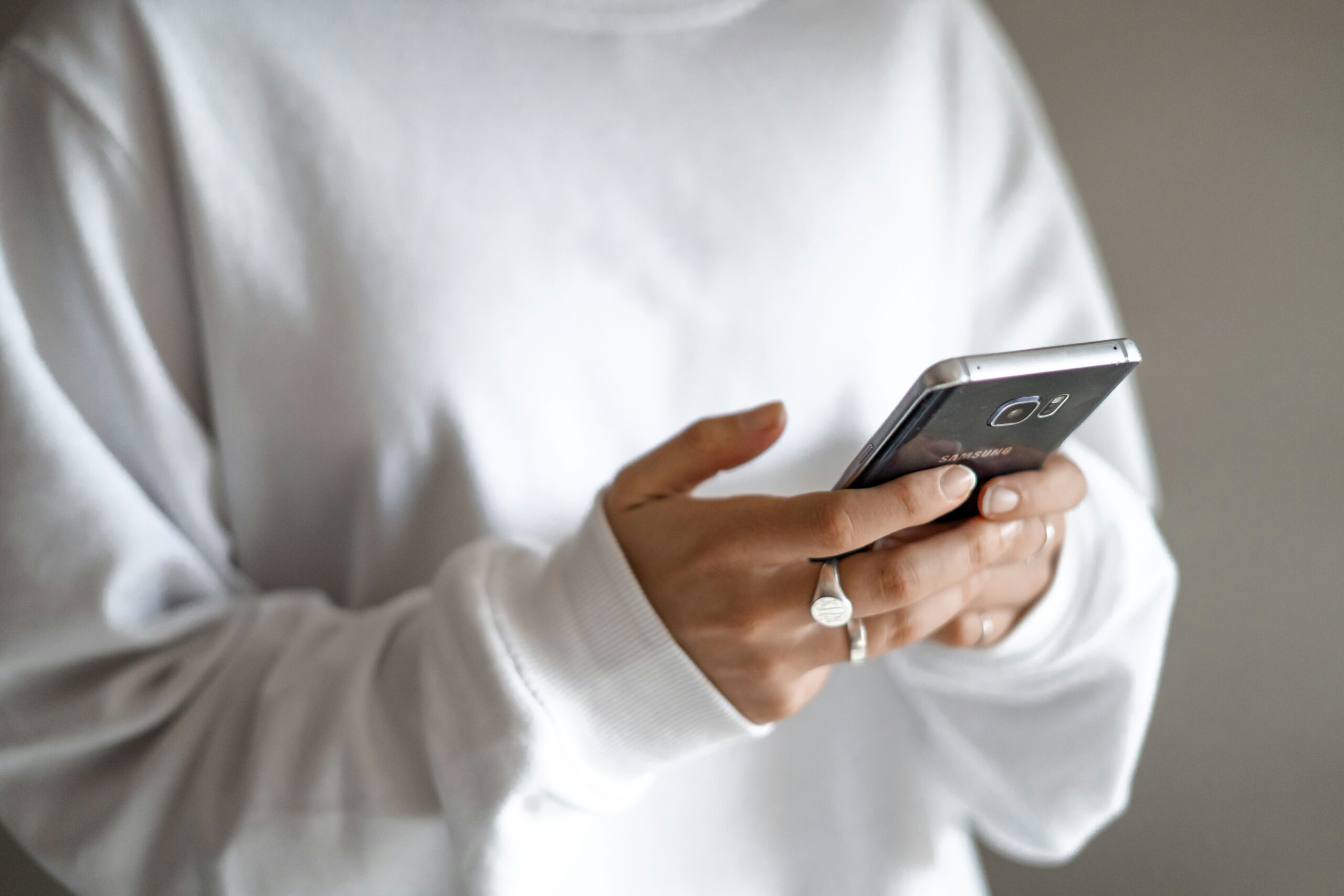This treatment has been used for thousands of years and it is thought to have been first used in ancient Egypt. It helps with relaxation and so much more.

The ancient healing art of reflexology has been known to man for many thousands of years. It was first practiced by the early Indian, Chinese and Egyptian peoples.
In 1913 Dr. William Fitzgerald, an American ear, nose and throat surgeon, introduced Reflexology to the West. He observed that pressure on specific parts of the body could have an anaesthetising effect on a related area.
Dr Fitzgerald further developed this theory; he divided the body into ten equal and vertical zones, ending in the fingers and toes. He concluded that pressure on one part of a zone could affect everything else within that zone. Thus, reflex areas on the feet and hands are linked to other areas and organs of the body within the same zone. Effectively this means that the whole body is represented on the foot. This is also thought to happen with the ear and there is a branch of acupuncture based completely on treating the body by using acupuncture points on the ear called Auriculotherapy.
Around the 1930’s, Eunice Ingham, a therapist, further developed and refined the zone therapy into what is now known as foot reflexology. She observed that congestion or tension in any part of the foot mirrors congestion or tension in a corresponding part of the body. Thus, when you treat the big toes there is a related effect in the head, and treating the whole foot can have a relaxing and healing effect on the whole body.
I use colour and crystals alongside a traditional reflexology treatment as I find that this further enhances the treatment.
Reflexology is good overall treatment and can help in many ways.
Some of the main benefits could be:
- An overall feeling of wellbeing
- Relaxation
- Increased energy levels
Relief from stress, anxiety and tension


